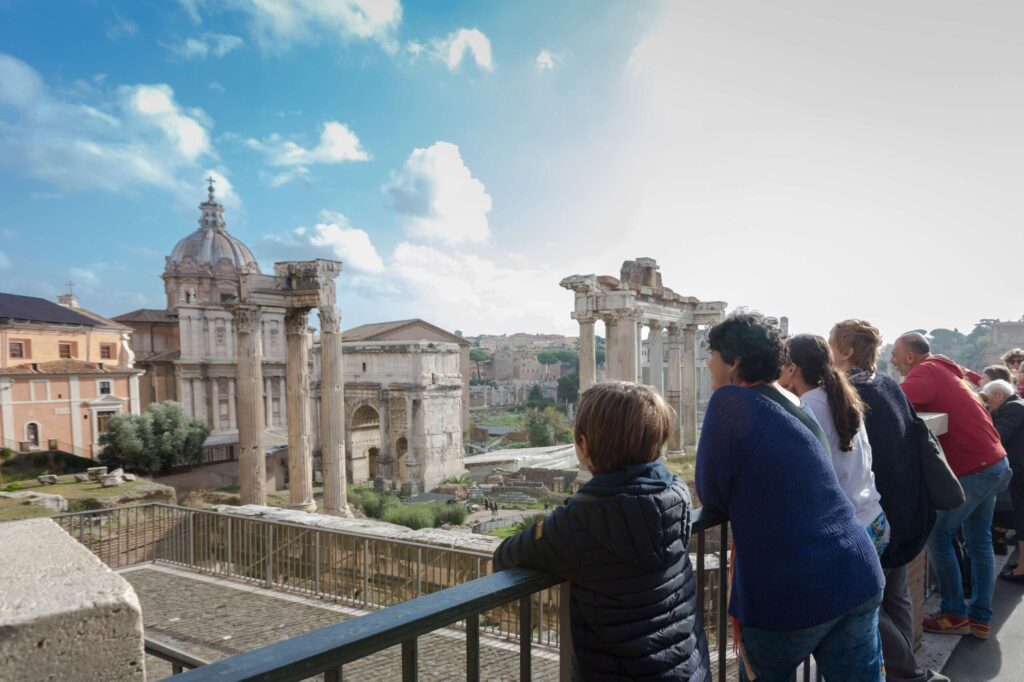The Colosseum in Rome, also known as the Flavian Amphitheatre, is a symbol of the power and grandeur of the Roman Empire. Built between 70-80 AD, it was used for gladiatorial contests, animal hunts, and other public spectacles. The largest amphitheatre ever built, it can hold up to 80,000 spectators. Visitors can explore various levels of the Colosseum, including the arena floor and underground chambers. Restoration efforts have preserved this iconic structure, now a UNESCO World Heritage site. A trip to Rome is incomplete without experiencing the awe-inspiring history and architecture of the Colosseum.
Exploring the Colosseum: Rome’s Icon of Ancient Glory
Introduction
The Colosseum in Rome, Italy, is one of the most famous and iconic structures from ancient history. Also known as the Flavian Amphitheatre, it is a symbol of the power and grandeur of the Roman Empire. Visiting the Colosseum is a must for anyone interested in history, architecture, or simply experiencing the awe-inspiring remnants of the past.
History of the Colosseum
The Colosseum was built between 70-80 AD during the reign of Emperor Vespasian and his son Titus. It was originally known as the Flavian Amphitheatre, named after the Flavian dynasty of emperors. The Colosseum was primarily used for gladiatorial contests, animal hunts, executions, and other public spectacles that were popular entertainment in ancient Rome.
Architecture
The Colosseum is a marvel of ancient engineering and architecture. It is the largest amphitheatre ever built, with a capacity of up to 80,000 spectators. The elliptical shape of the Colosseum allowed for optimal viewing angles and facilitated the flow of spectators in and out of the arena. The massive structure is made of concrete and stone, and its outer walls were once covered in travertine marble.
Exploring the Colosseum
Visitors to the Colosseum can explore various levels of the amphitheatre, including the arena floor where gladiators once fought, the underground chambers where animals and prisoners were kept, and the upper tiers where spectators sat. Guided tours are available to provide historical context and insights into the daily life of gladiators and the spectacle of the games.
Notable Features
One of the most famous features of the Colosseum is its system of underground tunnels and chambers, known as the hypogeum. This area was used to house animals, gladiators, and equipment and was covered by a wooden floor that could be raised and lowered to reveal different spectacles.
Preservation Efforts
Over the centuries, the Colosseum has suffered damage from earthquakes, fires, and looting. Restoration efforts have been ongoing since the 18th century, and the Colosseum is now a UNESCO World Heritage site. Visitors can see the results of these efforts in the cleaned and restored sections of the amphitheatre.
Conclusion
Exploring the Colosseum is a transformative experience that connects visitors to the glory and grandeur of ancient Rome. From the massive scale of the amphitheatre to the intricate details of its architecture, the Colosseum is a testament to the ingenuity and creativity of the ancient Romans. A trip to Rome would not be complete without a visit to this iconic symbol of ancient history.
